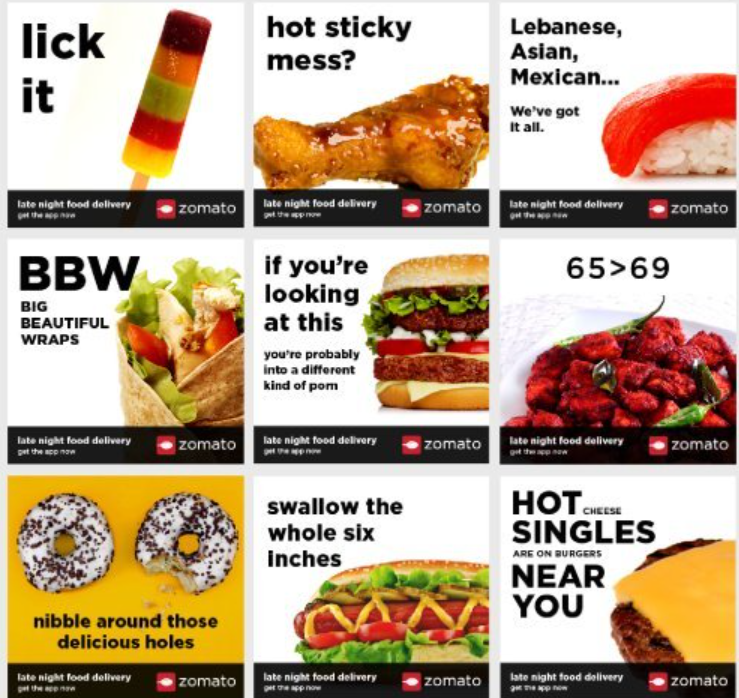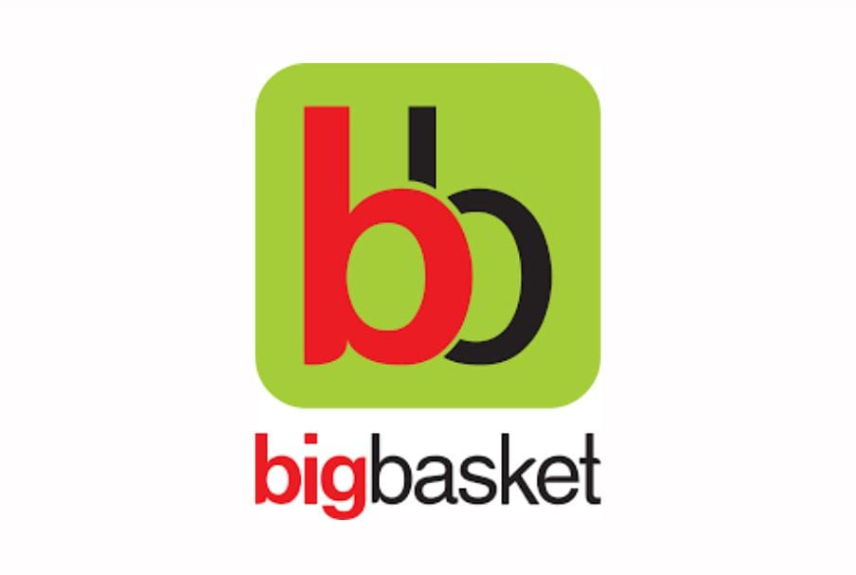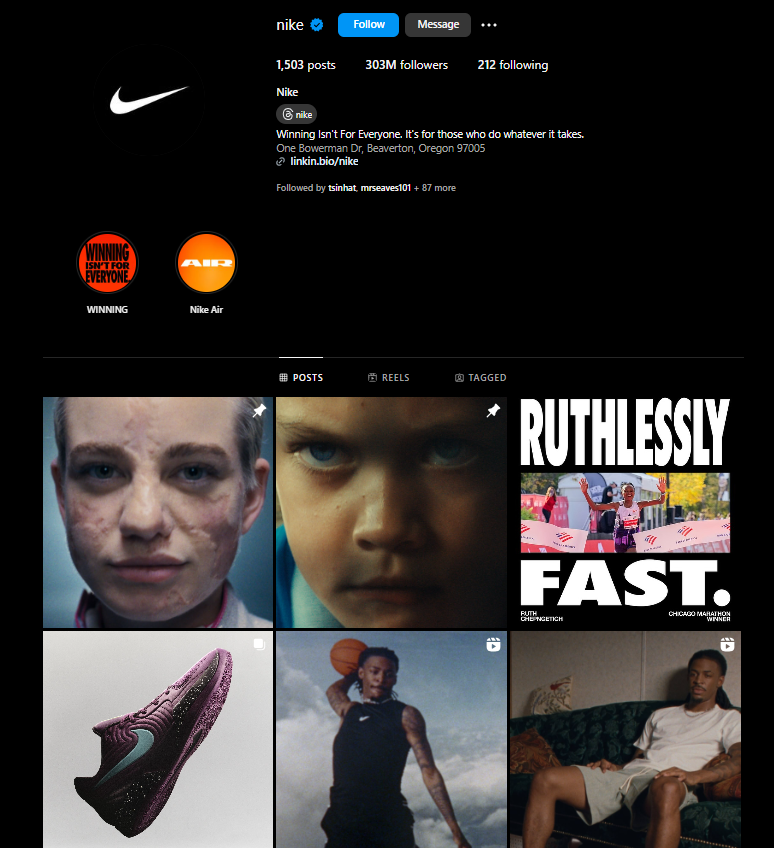When it comes to choosing the right marketing channel, businesses must navigate a complex landscape. It’s filled with numerous options, each offering unique benefits. Whether you’re a B2B business looking to build professional relationships or a D2C brand aiming to connect directly with consumers, the right marketing channel can make all the difference in achieving your goals.
Define your audience
Before choosing a marketing channel, it’s crucial to identify where your audience spends their time. Are they active on social media, watching television, or checking their emails? Knowing where your consumers prefer to engage helps you focus your marketing efforts. For instance, India is a highly mobile-first country, with over 80% of internet traffic coming from mobile devices. Consumers increasingly spend time on platforms like Instagram, WhatsApp, and YouTube, making these channels essential for brands to reach their audiences.

Mamaearth, a D2C personal care brand, successfully used Instagram influencers to connect with eco-conscious, younger audiences. This approach not only boosted brand trust but also expanded its customer base quickly. Now they’ve opened their stores across India as well to provide customers a holistic experience of their products, showing how understanding your audience can influence the marketing channels you choose.
Make sure it’s cost-effective
In the mainland of marketing, budget matters a lot. Whatever channel you go for, it should provide a reasonable return on investment (ROI), considering both the cost and the results it yields. India’s competitive market demands cost-efficient marketing strategies but it doesn’t mean you can’t get creative. Smaller businesses or startups, such as Zomato in its early days, relied heavily on clever and budget-efficient marketing to reach their audience. In 2015, Zomato’s decision to advertise on porn sites was a bold and unconventional strategy that took advantage of the high traffic on these platforms.

The ads featured cheeky messages that cleverly targeted users in an unexpected environment. This innovative approach allowed Zomato to stand out while keeping advertising costs low. The strategy was a reflection of Zomato’s early startup mentality—being willing to explore untapped markets and experiment with marketing tactics that larger, more conservative companies might avoid.
Leverage data-driven insights
Data can provide a wealth of insights into consumer behaviour and guide marketing decisions. For example, BigBasket tracks consumer activity on their app and website, analysing which products are popular and when users are most active. This data is then used to tailor promotions, such as sending personalised notifications during peak shopping times or offering time-sensitive discounts.

By using data effectively, brands can fine-tune their marketing strategies and optimise customer experiences, ensuring that marketing efforts are both relevant and timely.
Test, track, and adapt
Effective marketing requires constant testing and optimisation. Brands should track performance and adjust their strategies accordingly. A great example of this is Nike, which shifted much of its budget from TV ads to digital channels after realising that younger consumers were more engaged online.
They tested campaigns across various channels like Instagram, YouTube, and their app, tracking metrics such as click-through rates, engagement, and sales conversions. Upon seeing higher ROI from digital, they adapted by increasing their investment in influencer partnerships and online communities.

Testing can be as simple as A/B testing social media ads to gauge what resonates with audiences or experimenting with email marketing to understand the best time to send promotional offers.
Don’t neglect traditional media
Despite the dominance of digital marketing, especially in D2C, traditional channels like print and television still hold power in India, especially in rural areas. For example, Patanjali, a homegrown brand, used TV ads extensively to connect with a broad demographic, especially in rural markets, where television viewership remains high. They combined this with Baba Ramdev’s position as a brand ambassador, word-of-mouth marketing, and product placement in local stores to reach their audience effectively.
Conclusion
Choosing the right marketing channel is a strategic decision that requires careful consideration of your audience, budget, and objectives. It involves more than just picking popular platforms; it’s about aligning your marketing efforts with where and how your audience engages. Flexibility and creativity are key, as is leveraging data to refine and adapt your approach. By taking a flexible, data-driven approach and being willing to experiment, you can find the marketing channel mix that best serves your brand’s unique needs.
On a similar note, we’ve had conversations with Mohanraj Jagannivasan, CEO of Duroflex and Mathew Joseph, Co-Founder of Sleepyhead. Both the brands operate under Duroflex, the mattress manufacturer. Despite being part of the same company, these brands target different demographics and employ distinct marketing strategies. To see how these approaches differ, watch the full video and explore their unique strategies.